Cargando...
Recursos educativos
-
Nivel educativo
-
Competencias
-
Tipología
-
Idioma
-
Tipo de medio
-
Tipo de actividad
-
Destinatarios
-
Tipo de audiencia
-
Creador
Lo más buscado
- Múltiplos de 9
- Historia universal
- Descargar ejercicios de ingles
- Cocina para niños
- Ahorro energético
- Repaso de inglés
- Uso de c, q y k
- Cine
- Aparato reproductor masculino
- Repaso acentuación
- Múltiplos de 6
- El valor posicional de las cifras
- Psicología infantil
- ortografía interactiva
- Actividades de ciencia para niños
-
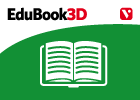
La Corona d'Aragó
EduBook Organización
- 2091 visitas
La formació d'un nou regne Al segle XI el comtat de Barcelona era el més poderós dels comtats catalans. L'any 1137 el comte de Barcelona Ramon Berenguer IV i la filla del rei d'Aragó,…
-

Contesta. Cucs i mol·luscs
EduBook Organización
- 2097 visitas
Recorda el que has treballat en aquest apartat i contesta: Com són els cucs? On viuen la majoria? Com és el cos d'un mol·lusc? Què és la closca? Explica quina funció té la closca en els…
-
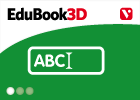
Completa. Característiques dels fongs
EduBook Organización
- 2094 visitas
Completa els espais en blanc del text següent: Els fongs viuen en llocs i la majoria s'alimenten de vegetals o de restes . Alguns són ; s'alimenten de plantes o animals vius. Els fongs es…
-

Per saber-ne més
EduBook Organización
- 2099 visitas
Cada vegada que un ovari expulsa un òvul, la capa interior de l'úter s'engruixeix per rebre el zigot. Si no és fecundat, l'òvul es mor al cap de pocs dies i surt per la vagina juntament…
-
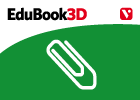
How did Neolithic people make metal objects?
EduBook Organización
- 2092 visitas
In the Metal Age, people who worked with metals were called smiths. They learnt to use fire and heat to make metal tools. They did this in the following way: Heating. The smiths heated the metal ore to…
-
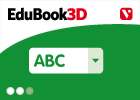
True/false. Characteristics of medieval cities
EduBook Organización
- 2098 visitas
Decide if the following statements are true or false: Cities grew because of an increase in harvests and trade. ➝ Cities were situated far from roads, to avoid attacks. ➝ The new social class which…
-
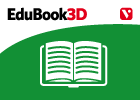
Vertebrates
EduBook Organización
- 2097 visitas
Characteristics of vertebrates Vertebrates are animals that have a spine (backbone). The spine supports the body. Vertebrates have an internal skeleton that is articulated: it is made up of bones…
-
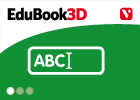
Complete. Characteristics of fungi
EduBook Organización
- 2088 visitas
Complete the text with the correct words: parasites individual matter damp spores Fungi live in places and most of them feed on plant or animal . Some are : they feed on live plants or animals. Fungi…
-
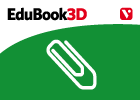
Find out more
EduBook Organización
- 2100 visitas
The words adolescence and puberty do not have the same meaning. When we talk about puberty, we refer to the physical changes in the body during adolescence. Puberty happens at different ages for boys…
-

The fruit. The dispersal and germination of seeds.
EduBook Organización
- 2099 visitas
The fruit As a seed develops, the pistil changes and grows, the petals fall off, and it becomes a fruit. Fruits have many different forms: Some are fleshy like peaches, pears and oranges. Other fruits…
Te estamos redirigiendo a la ficha del libro...













